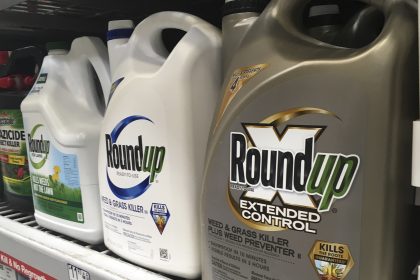Simulated Driving Program Reduces Crash Risk for Teens With ADHD

CINCINNATI — A program that combines computer-based and driving simulator training appears to reduce the proportion of automobile crashes and near crashes among teens with attention-deficit/hyperactivity disorder, according to a small study conducted at the Cincinnati Children’s Hospital Medical Center.
Teens who took the training, which aims to reduce the number of long glances away from the roadway, had a nearly 40% lower risk for crash or near crash, compared to a similar group who did not undergo the training.
The findings were published in The New England Journal of Medicine.
ADHD refers to an ongoing pattern of inattention and/or hyperactivity and impulsivity interfering with functioning or development.
Teen drivers are four times as likely to be in a crash as adult drivers, and teens with ADHD are twice as likely to be in a crash as neurotypical teens.
A strong factor in this higher crash risk is a tendency for teen drivers — particularly those with ADHD — to take their eyes off the road for prolonged periods when distracted.
The driving simulation program teaches teens to attend to distractions with repeated brief glances instead of longer glances, according to Jeffery N. Epstein, Ph.D., and his colleagues at the Cincinnati Children’s Hospital.
The simulation, called Focused Concentration and Attention Learning, is a computer-based program that teaches neurotypical teen drivers to limit long glances away from the roadway.
For the study, Epstein and his team enhanced this training by adding a driving simulator that provides immediate feedback on long glances, calling the combined training FOCAL+.
A total of 152 teens took part in the study. The 76 teens who received FOCAL+ training participated in five sessions of both computer and console-based driving simulator training.
In the computer training, teens were shown a screen split horizontally. The top screen displayed a driver’s perspective of a roadway, and the bottom half displayed a map. Participants were shown a street name and told to depress the spacebar and identify the street on the map. When the spacebar was pressed, the map filled the screen and the roadway was no longer visible. Pressing the spacebar a second time restored the map. Toggling between the two represented multitasking while driving.
In the driving simulator training that followed, participants sat in front of a console with a steering wheel and pedals and drove on a simulated roadway. Participants wore specialized glasses that tracked eye and head movements.
During simulated driving, they had to identify the number of random symbols on the dashboard. If they looked away from the roadway for longer than two seconds, an alarm sounded. Participants who scored poorly repeated the simulated drives until their score improved.
Both groups were evaluated in the driving simulator one month after completing the program. The FOCAL+ group had an average of 16.52 long glances (lasting more than 2 seconds) and the control group had 28.05 long glances.
Six months after training, the FOCAL+ group had 15.7 long glances and the control group had 27 long glances.
During a year of driving, the FOCAL+ group had 76% fewer long glances than the control group. In addition, the rate of crashes and near crashes in the FOCAL+ group was 3.4%, compared to 5.6% for the control group, amounting to nearly a 40% reduction in crashes and near crashes among the FOCAL+ group.
Funding for the study was provided by the Eunice Kennedy Shriver National Institute of Child Health and Human Development and the National Center for Advancing Translational Sciences.
Dan can be reached at [email protected] and at https://twitter.com/DanMcCue
























